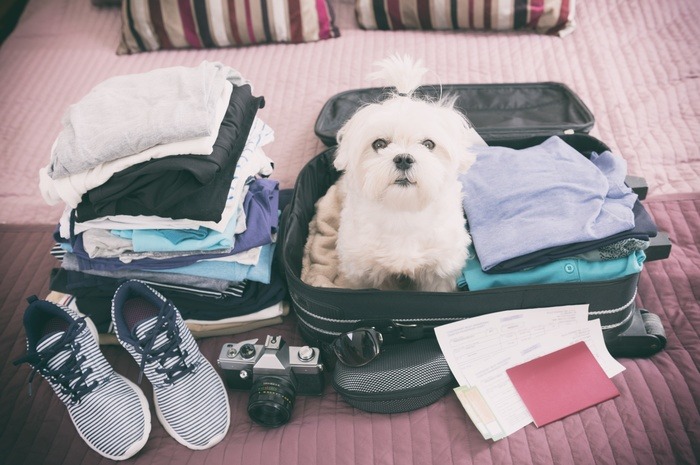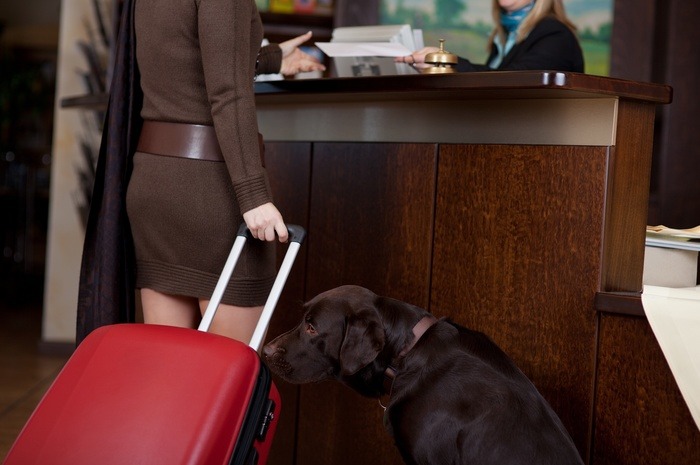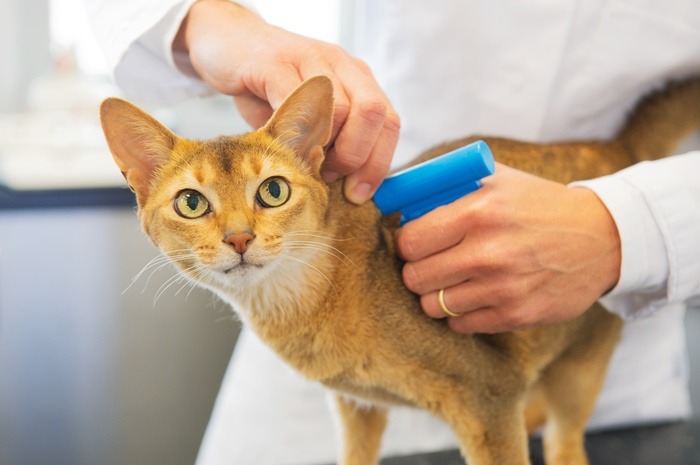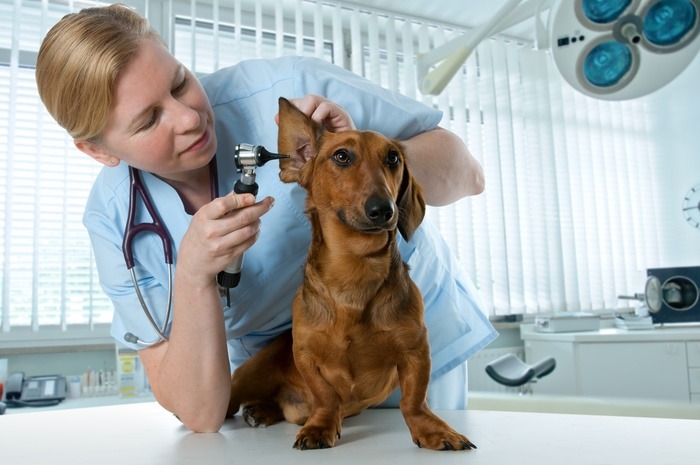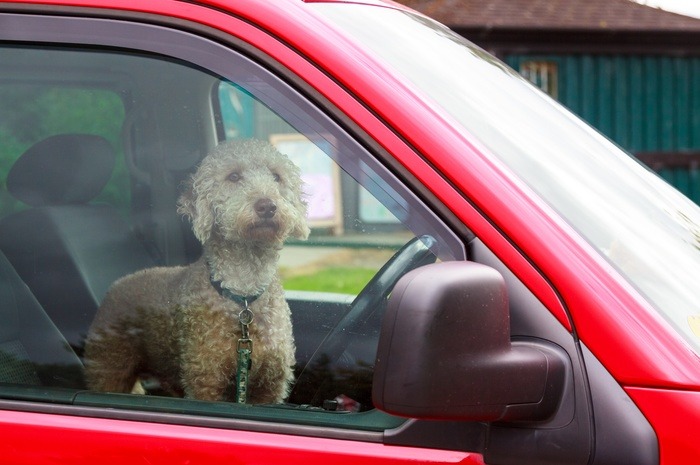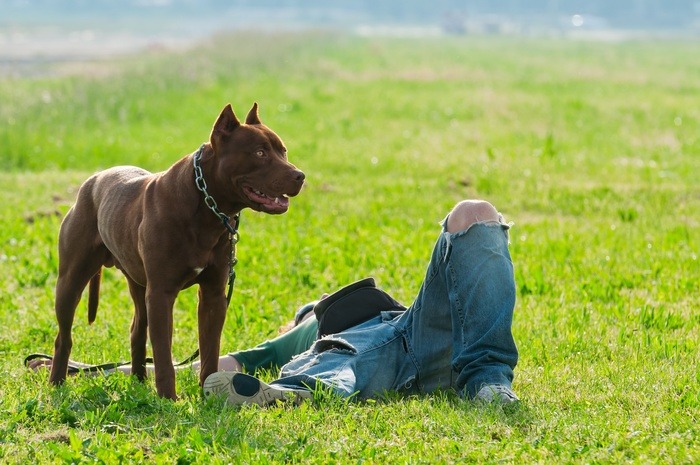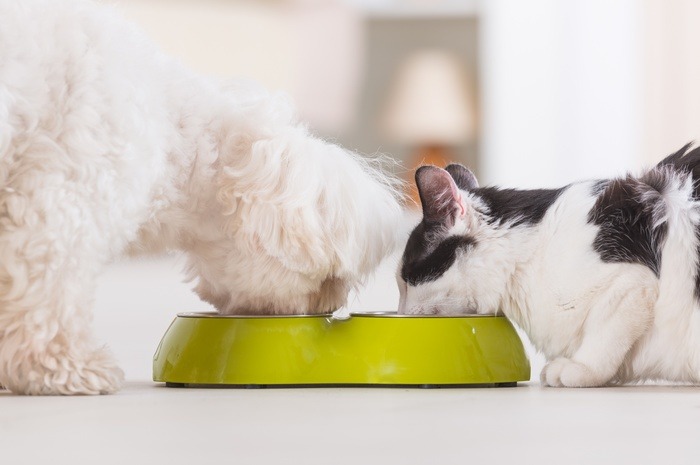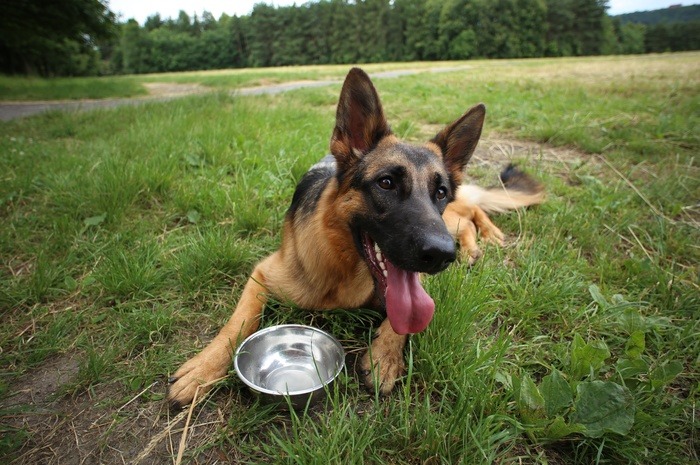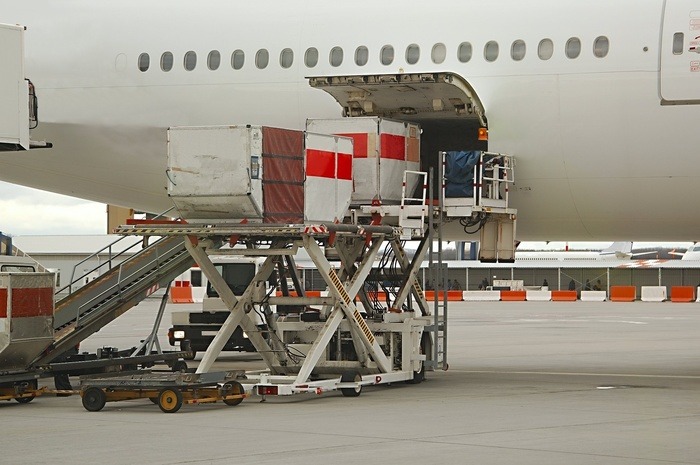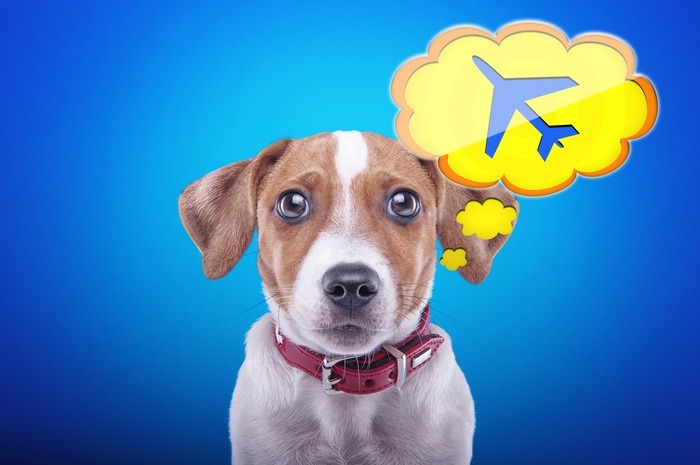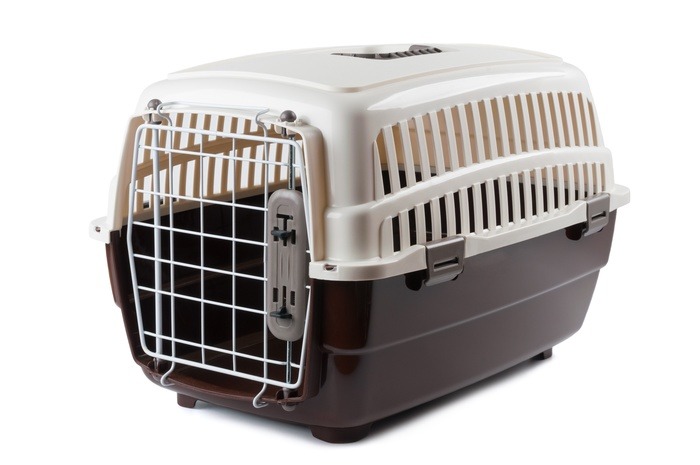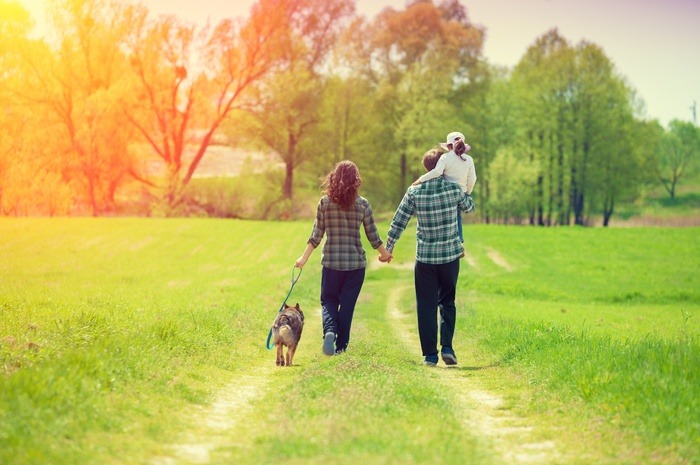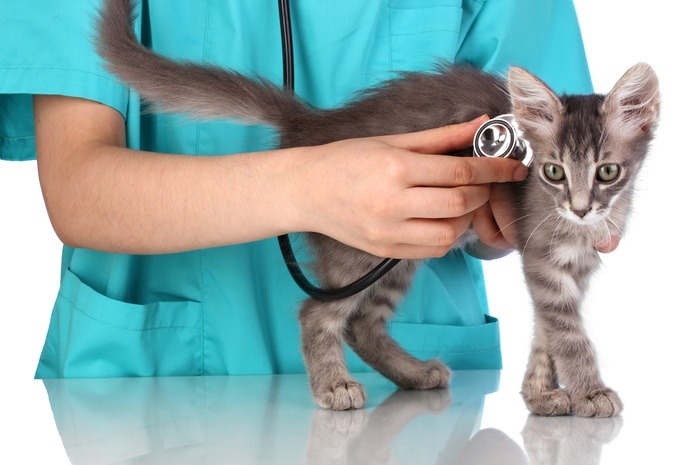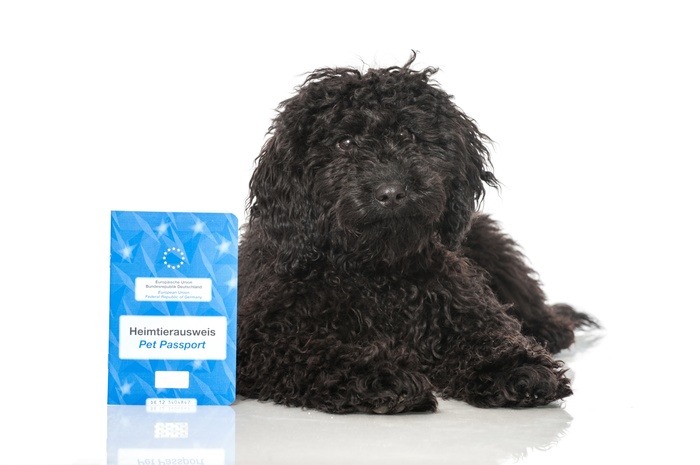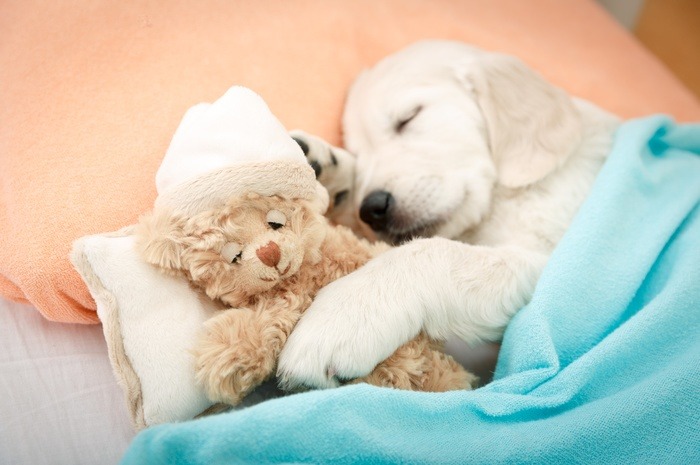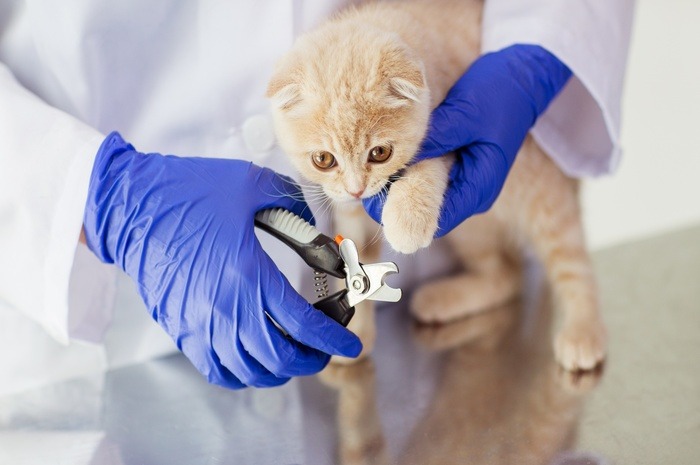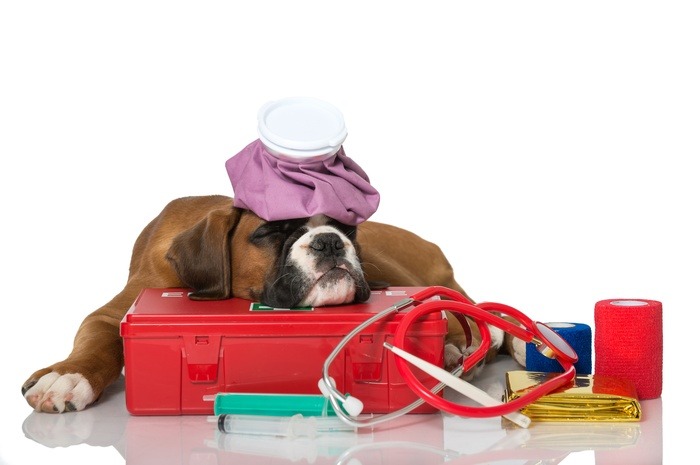Travel Tips For Vacationing With Your Pet
Pets are an equal member of your family – you take great care of them; you feed them; play with them; walk them; clean after them; and you love them unconditionally. So why would you leave them home when you are going on vacation? Don't ignore these and other safety tips if you want a pleasant and smooth travel experience.
Make sure your hotel is pet-friendly
Check the pet policy at the hotel you're staying. You don't want any surprises. Some lodges require a fee. Others set up dog walking services and even offer birthday celebrations. The more luxurious hotel chains such as Four Seasons and Ritz Carlton treat man's best friend like royalty providing them with their own beds, bowls and a specific doggy-room-service menu that even includes desserts. Some hotels will even take your baby kangaroo, if you happen to have one.
Get your pet microchipped
This is not a painful procedure at all. A chip with all of your pet's ID information is inserted under the skin. Also, depending on where you're traveling, your dog or cat may need certain vaccinations. Some microchip registration databases will allow you to store that information in the database for quick reference. At the very least, attach ID tags and contact information to your pet's collar.
Go to the vet for a checkup
It will never hurt to get a checkup to make sure your pet is not coming down with anything. You're going to need a health certificate anyway from the doctor saying that the dog or cat is clinically healthy to travel long distances and that all required vaccinations are up to date.
Never leave your friend alone in the car
It can get very hot in the car even when it's not the middle of the summer. Pets can die from heatstroke. It only takes about 15 minutes. Very young and very old dogs are usually at higher risk. Leaving your windows cracked will not stop the temperature from rising inside of the car. It will be at least 15 degrees warmer inside.
Make frequent stops
Unless you're flying with your dog, you have no excuse not to stop every hour or so – at least every two hours – for a quick bathroom break. You use the time to stretch and make sure your dog exercises for a bit. Just like with humans, traveling on a full stomach or bladder is not a great idea. It can cause discomfort and heartburn.
Don’t feed them a lot
You should not give your dog or cat food at least six hours prior to flying. If they get nervous before traveling, an empty stomach will prevent them from throwing up and cause them to feel even worse. For the trip, bring along a supply of his regular food but don't give it to him all at once. Don't feed your furry friend in a moving vehicle, according to ASPCA.
But give them a lot of water
Pets need to stay hydrated at all times. Pack water and make sure you have a container in the car that your dog can drink out of. The ASPCA says dog owners should have a gallon of cold water in the car to make sure Fido stays sufficiently hydrated during the trip.
Don’t fly your dog in the cargo hold
Pooches and cardo don't mix, PETA says. Transporting your companion animal in the cargo area is dangerous, terrifying, and potentially deadly. It's very cold there and it can be very scary and stressful for your dog or cat. Bags can fall out unexpectedly if the plane makes a sharp move, injuring the pet.
Book direct, non-peak flights
This should be a no-brainer. Choose the shortest route possible. The less time your furry friend spends traveling, especially if he or she doesn't like it in general, the better. Also, try and book a flight that is during non-peak hours. This is your best chance of having fewer people on the plane, which may help Fido feel less stressed.
It should get familiar with its carrier
The first step is getting the right kind of carrier. They are available in both hard and soft-sided. Proper size depends on how comfortable your pet is when inside. He or she should be able to freely turn and move around. It's important to give your companion at least about a month to get used to its new environment. Put a favorite toy in there for extra comfort.
Don’t change their routine
Pets don't like change. It puts unnecessary stress on them. Keep walking them as many times as you normally do at home; play with them; make sure they have access to water at all times; and give them, if you can, the same food you feed them at home.
Ask for vets before you go
This is very important, especially if your pet has a pre-existing condition. You never know what can happen when you're away in a different environment. For your own sake of mind, make sure you have the phones and addresses of veterinarians that are located near your hotel. This will save you a lot of time if suddenly you need to visit them.
Keep a health certificate and medical records close
When traveling with your pet, keep a health certificate and medical records close at hand. A record of your pet's rabies vaccination, which can't be more than 36 months old, is especially important, according to the Humane Society. All of this info may be required at different points throughout your travel.
Keep a familiar blanket or toy
If your four-legged best friend has a favorite sleeping bed, blanket, stuffed animal, or bone toy, do not leave the house without bringing it. This will be their friendly reminder of home and will make them feel better, more comfortable and less stressed.
Trim the nails
This may not be so obvious but the last thing you want is your pet having a panic attack and hooking themselves to a carriers' door, holes, or other cracks. Leaving marks all over the hotel room and ruining the furniture (this mostly applies to cats) is not pleasant and may cost you money to cover the damages.
Have a first aid kit
Would you travel with your kids without a first aid kit? Then why would you not have one when Fido is on the road with you. The essentials you should have on hand include gloves, cornstarch, medical tape, bandages, cleaning wipes, and, of course, a disinfectant. Hydrogen peroxide may be a good idea, too. It will make your dog or cat throw up in case you saw them eat something they should not have. Download the Red Cross app for more information.
